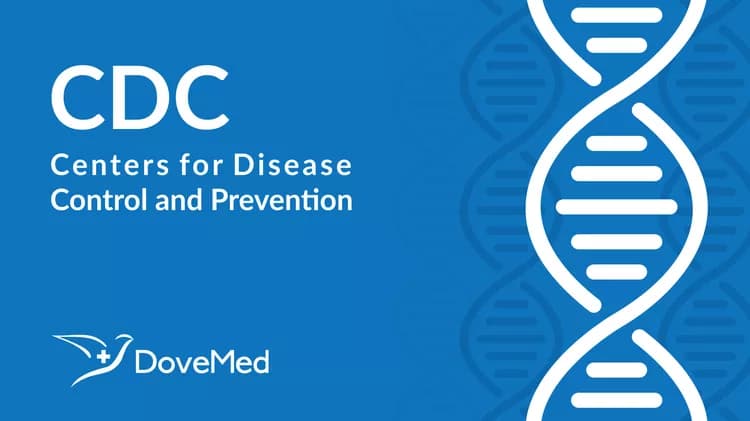
Death Rates From Unintentional Injury Among Children Dropped By Nearly 30 Percent In 10 Years
Death rates from unintentional injury among children dropped by nearly 30 percent in 10 years
Injuries remain number one killer of youth
Death rates from unintentional injuries among children and adolescents from birth to age 19 declined by nearly 30 percent from 2000 to 2009, according to a new Vital Signs report from the Centers for Disease Control and Prevention.
However, more than 9,000 children lost their lives as a result of unintentional injury in the United States in 2009. And although rates for most causes of child injuries have been dropping, suffocation rates are on the rise, with a 54 percent increase in reported suffocation among infants less than 1 year old, the report says. Poisoning death rates also increased, with a 91 percent increase among teens aged 15-19, largely due to prescription drug overdose, it said.
This Vital Signs report is CDC’s first study to show fatal unintentional injury trends by cause and by state for children from birth to 19 years. The most common cause of death from unintentional injury for children is motor vehicle crashes; other leading causes include suffocation, drowning, poisoning, fires, and falls.
“Kids are safer from injuries today than ever before. In fact, the decrease in injury death rates in the past decade has resulted in more than 11,000 children’s lives being saved,” said CDC Director Thomas Frieden, M.D., M.P.H. “But we can do more. It’s tragic and unacceptable when we lose even one child to an avoidable injury.”
Child injury death rates varied substantially by state in 2009, ranging from less than 5 deaths per 100,000 children in Massachusetts and New Jersey to more than 23 deaths per 100,000 children in South Dakota and Mississippi.
Death rates from motor vehicle crashes dropped by 41 percent from 2000-2009. Several factors have played a role in this reduction, including improvements in child safety and booster seat use and use of graduated drivers licensing systems for teen drivers. However, crashes remain the leading cause of unintentional injury death for children.
Poisoning deaths have been steadily increasing among 15- to 19 year-olds, largely due to prescription drug overdoses. According to other CDC research, appropriate prescribing, proper storage and disposal, discouraging medication sharing, and state-based prescription drug monitoring programs could reduce these deaths. The increase in suffocation deaths among infants could be curbed by following the American Academy of Pediatrics’ recommendations for safe infant sleeping environments. These recommendations state that infants should sleep in safe cribs, alone, on their backs, with no loose bedding or soft toys.
“Every 4 seconds, a child is treated for an injury in the emergency department, and every hour, a child dies as a result of an injury,” said Linda C. Degutis, Dr.P.H., M.S.N., director of CDC′s National Center for Injury Prevention and Control. “Child injury remains a serious problem in which everyone –including parents, state health officials, health care providers, government and community groups – has a critical role to play to protect and save the lives of our young people.”
CDC and more than 60 partner organizations are releasing a National Action Plan on Child Injury Prevention in conjunction with the Vital Signs report. The National Action Plan’s overall goals are to:
Raise awareness about the problem of child injury and the effects on our nation.
Highlight prevention solutions by uniting stakeholders around a common set of goals and strategies.
Mobilize action on a national, coordinated effort to reduce child injury.
For a copy of the plan and more information about child injury prevention, visit www.cdc.gov/safechild.
CDC Vital Signs is a report that appears each month as part of the CDC journal Morbidity and Mortality Weekly Report (MMWR). The report provides the latest data and information on key health indicators such as cancer prevention, obesity, tobacco use, alcohol use, prescription drug overdose, HIV/AIDS, motor vehicle safety, health care-associated infections, cardiovascular health, teen pregnancy, child injuries, and food safety.
###
U.S. DEPARTMENT OF HEALTH AND HUMAN SERVICES
CDC works 24/7 saving lives, protecting people from health threats, and saving money to have a more secure nation. Whether these threats are chronic or acute, manmade or natural, human error or deliberate attack, global or domestic, CDC is the U.S. health protection agency.
Related Articles
Test Your Knowledge
Asked by users
Related Centers
Related Specialties
Related Physicians
Related Procedures
Related Resources
Join DoveHubs
and connect with fellow professionals

0 Comments
Please log in to post a comment.